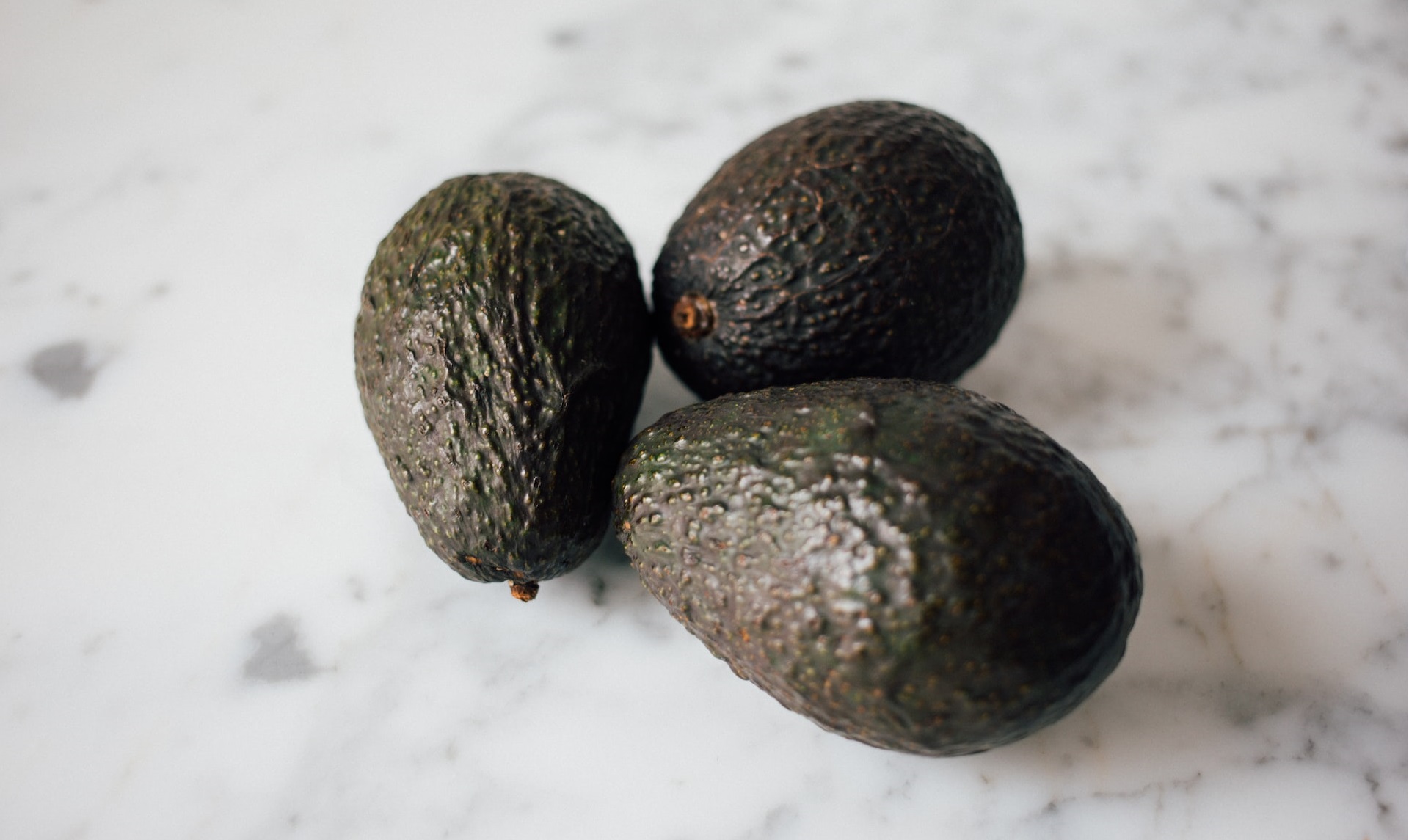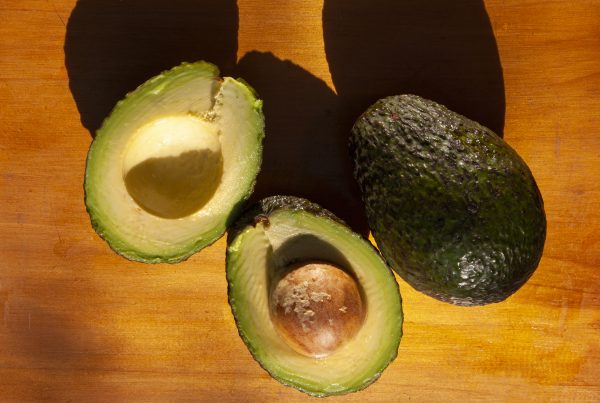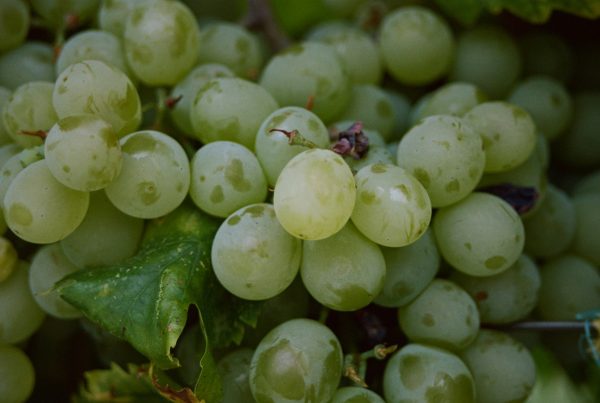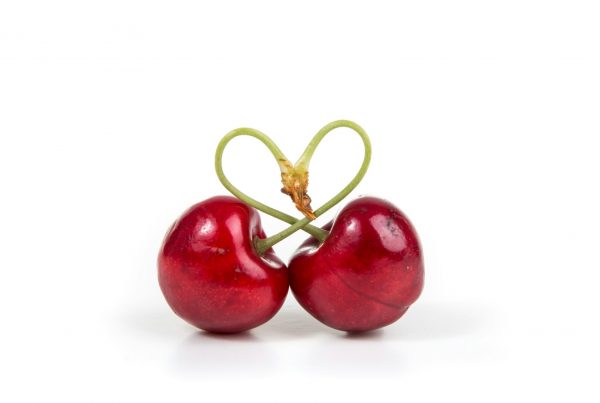Newsletter 144 – 12.19.2022
All the players in the world of fruit agree that this year was one of the most complicated for the fruit trade. The avocado, “star” of fruits, was not spared either.
The last few years have been more than successful for avocados. Throughout the world, production and trade expanded by leaps and bounds and this strong surplus was absorbed by a demand that also grew explosively. Within this context, it was noticeable that, contrary to the laws of the market, prices remained stable and even improved, despite the constant increase in availability. The higher prices are explained by an improvement in quality and the growing market of pre-ripened avocados. The purchase of the avocado is impulsive, responding to an enthusiasm at the time of the consumer. The pre-ripened avocado allows the customer to fulfill that impulse, since it can be consumed immediately. This contrasts to common avocados, for which you have to wait a few days until optimum ripeness is achieved.
But in the last 2 years this road to success had to start to overcome some obstacles in the European market. There was a time when shipments were concentrated, the market was saturated and it was difficult to sell all the fruit that arrived, especially the extreme sizes, so prices fell. In this year the situation became much more complicated. This was due to the crisis that the northern economies are suffering in the first place. Purchasing power fell, there is inflation and the consumer feels it. So, they restrict purchases, prioritize some expenses (e.g. tourism) and save on others, such as food. Avocados, which are an expensive fruit, are especially affected. Ads do not have the same effect of other years. Large shipments did not find enough demand, the market became saturated and prices fell. In the middle of the southern season, prices reached historically low levels. To this, is added the sharp increase in costs suffered by producers and transportation. Given this bad equation, the countries that were exporting in the middle of the European summer, such as Peru, South Africa and Kenya, sharply reduced their shipments. Thanks to this, the market was able to recover and the last third of the season developed correctly.
Despite this stagnant demand and low prices, the southern countries managed to once again increase their exports. Peru reached a new export record. With 540,000 tons, they managed to surpass the volumes of 2021 by 15%. Chile recovered, after the sharp fall of the previous season. With 126,000 tons exported, it was 70% above 2020/21, but without reaching the levels of previous years (2019/20, 2018/19, 2017/18). South Africa exported 65,000 tons, a volume slightly higher than 2021 and 2019, but not reaching 2020 and 2018. The 94,000 tons of Colombia in 2021-22 were very similar to those of 2020-21.
Europe continues to be the main destination for southern suppliers. In the case of South Africa and Colombia, they are totally depending on this market that receives 80-95% of their exports. In the case of Chile and Peru, two thirds are sent to Europe. For Peru, the second destination is the US (23%), while for Chile it is Latin America (19%). Asia appears in both cases as the third destination. It is surprising how the interest of Asians in avocados is growing, being a fruit that was previously little known in most of the countries of the region.







